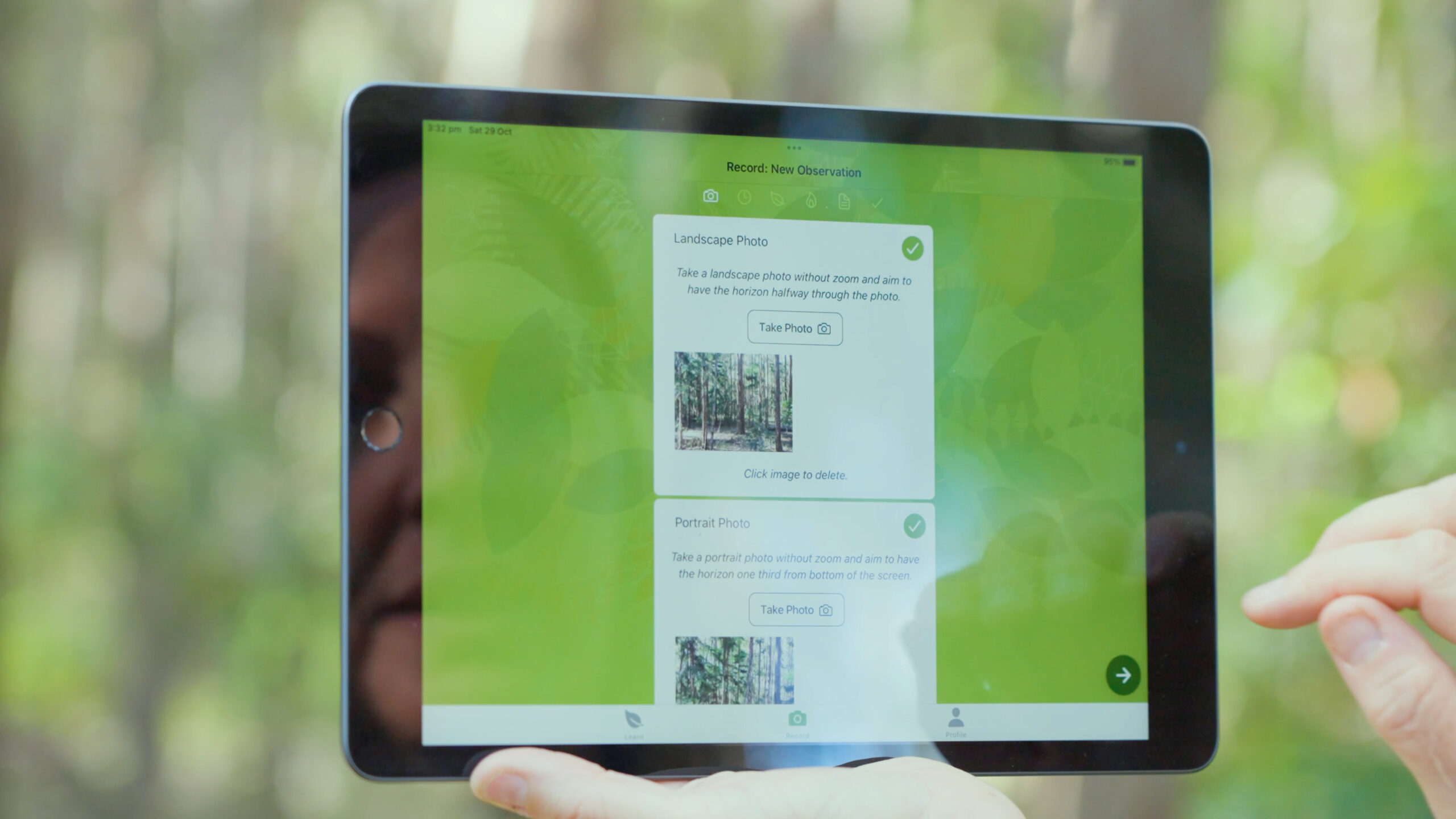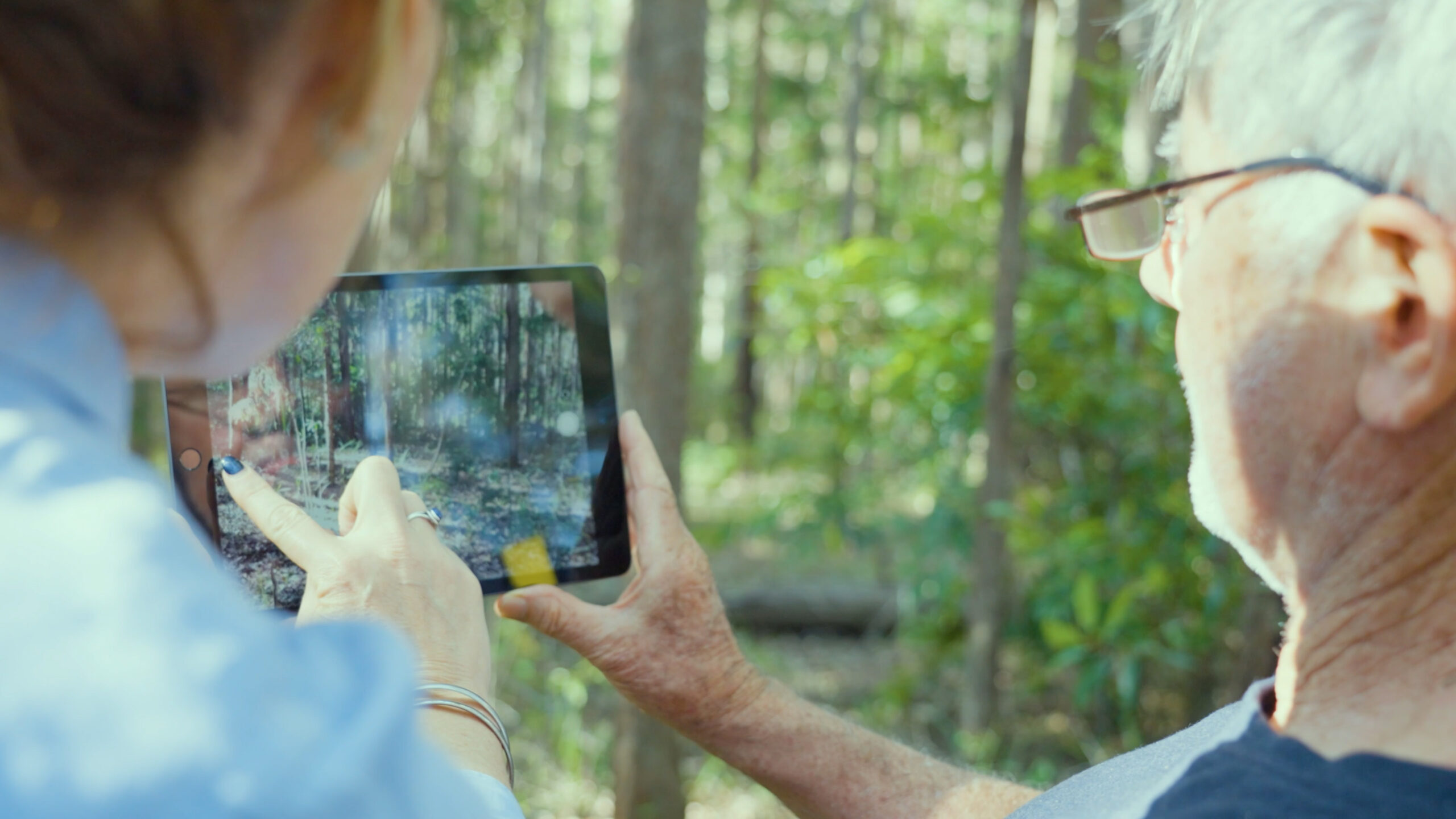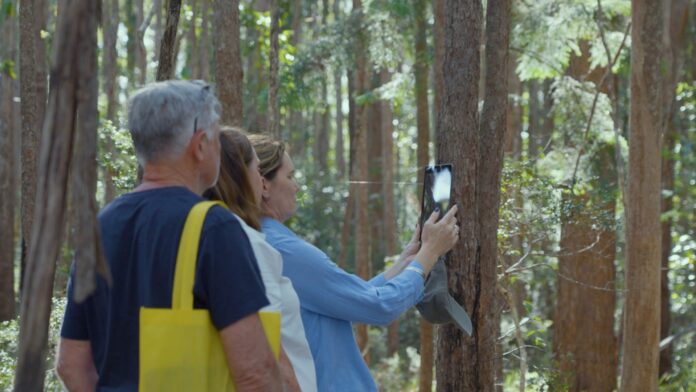The University of the Sunshine Coast is helping Australia prepare for the potentially dangerous summer ahead with a new initiative to predict devastating bushfires.
Chief investigator Sam Van Holsbeeck said the National Bushfire Resilience Network (NOBURN) was a citizen science project empowering people to use their mobile phones to collect information that would help predict bushfire hotspots and minimise their impact.
It comes after the world experienced the highest average daytime temperatures ever recorded in July.
“Fire season is approaching. After some very wet years with everything growing nicely, there’s a lot of fuel available,” Dr Van Holsbeeck said.
“The NOBURN app encourages people out and about in their local forests to take photos and tell us more about the forest and fuels. That data is processed by artificial intelligence (AI) to help predict the probability, severity and burn area of potential bushfires.
SUBSCRIBE here now for our FREE news feed, direct to your inbox daily.
“So, what we want people to do is to go into the forest, snap a pic and help predict.”
The project is the culmination of two years’ research through an alliance of world-renowned researchers in AI, forestry, human factors and science communication at the University of the Sunshine Coast and University of Adelaide’s Australian Institute for Machine Learning, in partnership with Noosa Shire Council and funded through the Federal Department of Industry, Science and Resources.

Professor Javen Qinfeng Shi, from the University of Adelaide’s Australian Institute for Machine Learning, said the AI developed for NOBURN was cutting edge.
“We are developing AI models to spot potential bushfire hazards and assess bushfire fuel load from the images captured by the NOBURN app,” Professor Shi said.
“The algorithms behind these AI models are based on AIML’s world-leading expertise in computer vision, and machine learning.”
NOBURN was developed in the wake of the 2019-20 bushfires that burned more than 10 million hectares of forest, destroyed 2000 homes and claimed dozens of lives.
Professor Mark Brown, from UniSC’s Forest Research Institute, said the app would help predict future disasters of that scale.

“While naturally occurring bushfires cannot be avoided, there is an opportunity with this project to predict their likelihood and implement strategies to minimise their impact on the environment, property and life,” Professor Brown said.
Dr Van Holsbeeck believes NOBURN will generate not only better-informed science about the risk of bushfires in Australia, but also better-informed communities.
“The NOBURN project is a unique opportunity to engage the community to collect nationwide forest fuel data while creating more awareness on the risk associated with fuels in our forests,” he said.
“It’s a great way to learn how to be better prepared for any potential disasters or extreme bushfire events if they were to happen.”
Like stories about Sunshine Coast people doing great things? Help us deliver more by registering for our FREE daily news feed. All it requires is your name and email at the bottom of this article.





